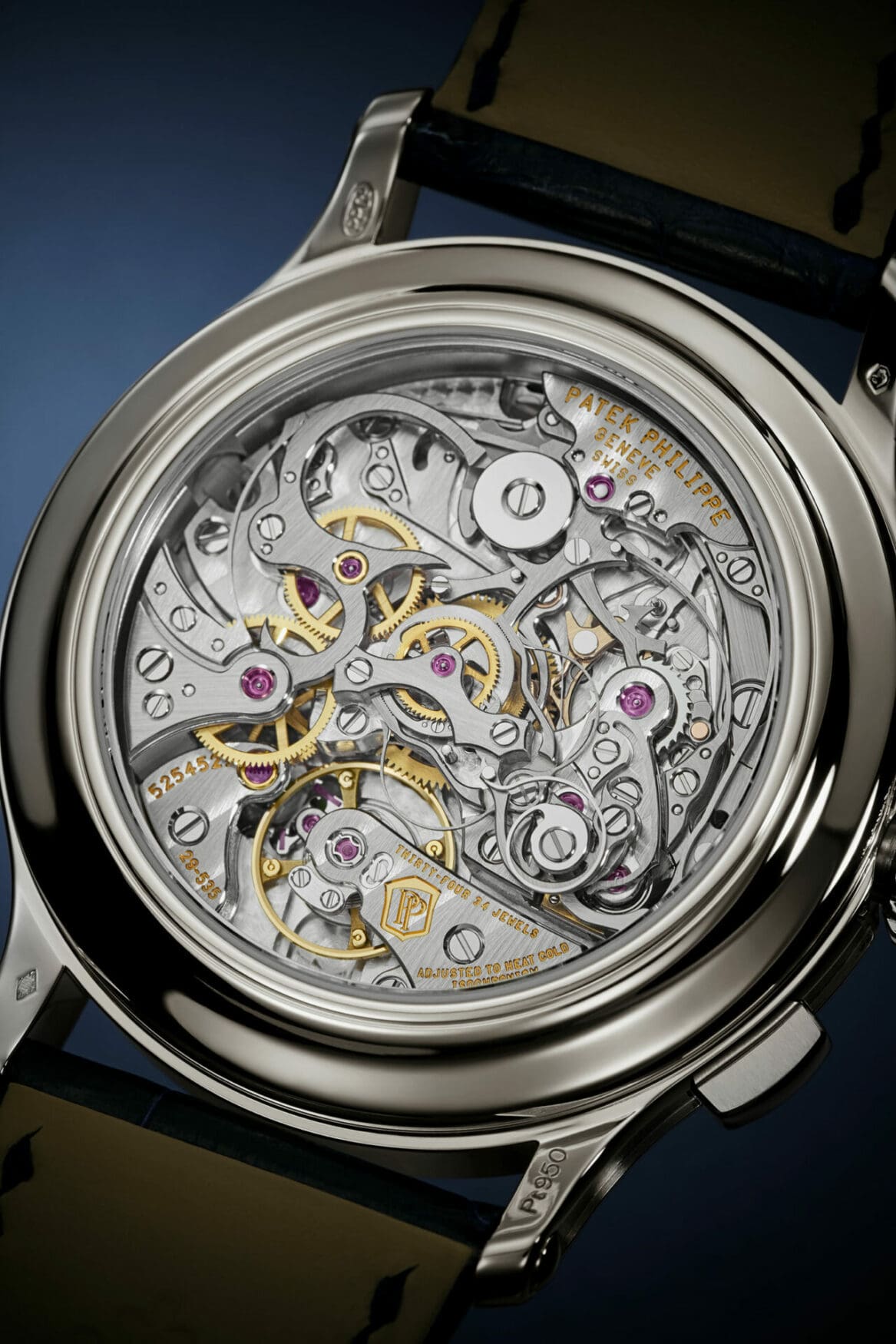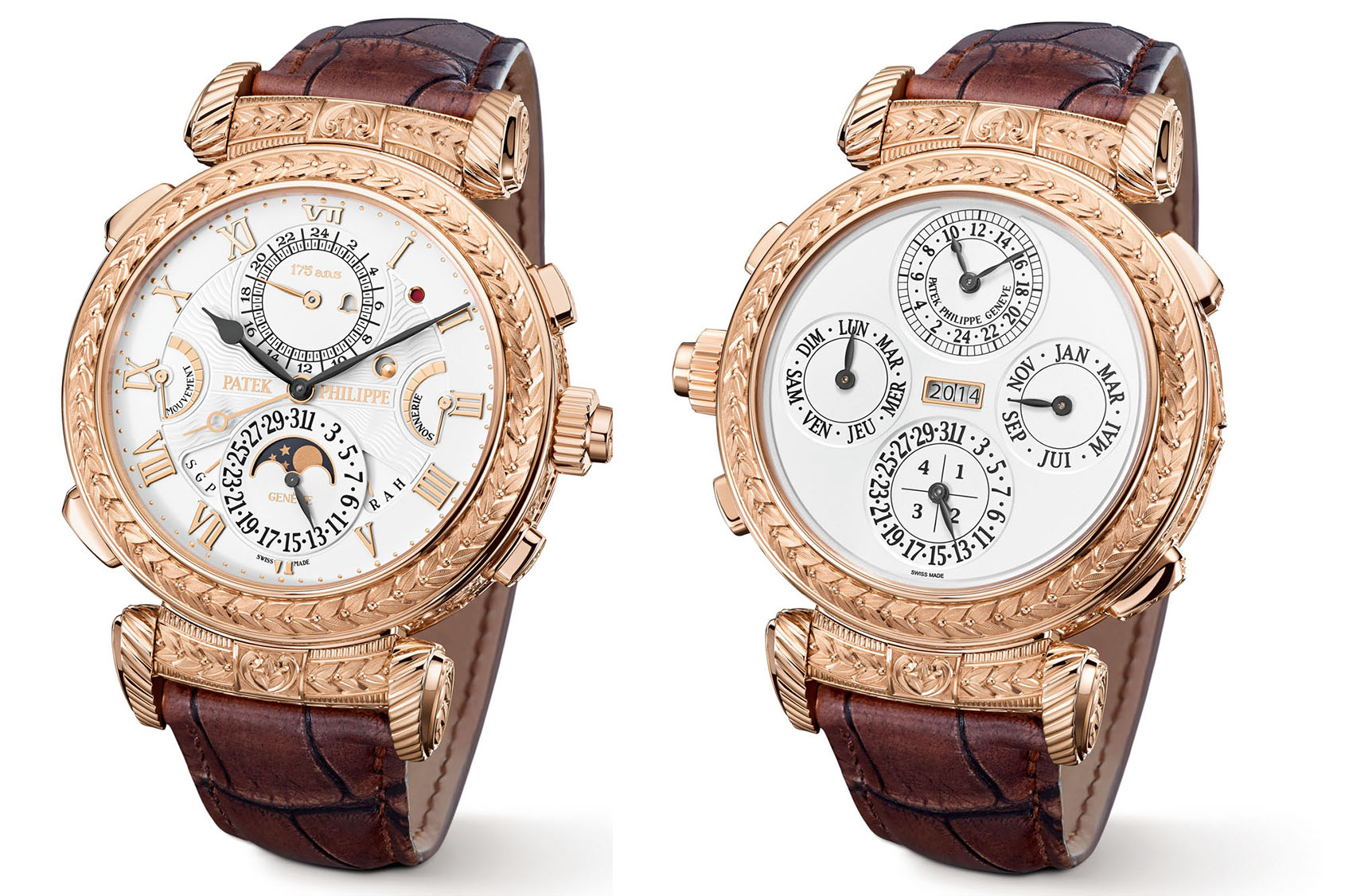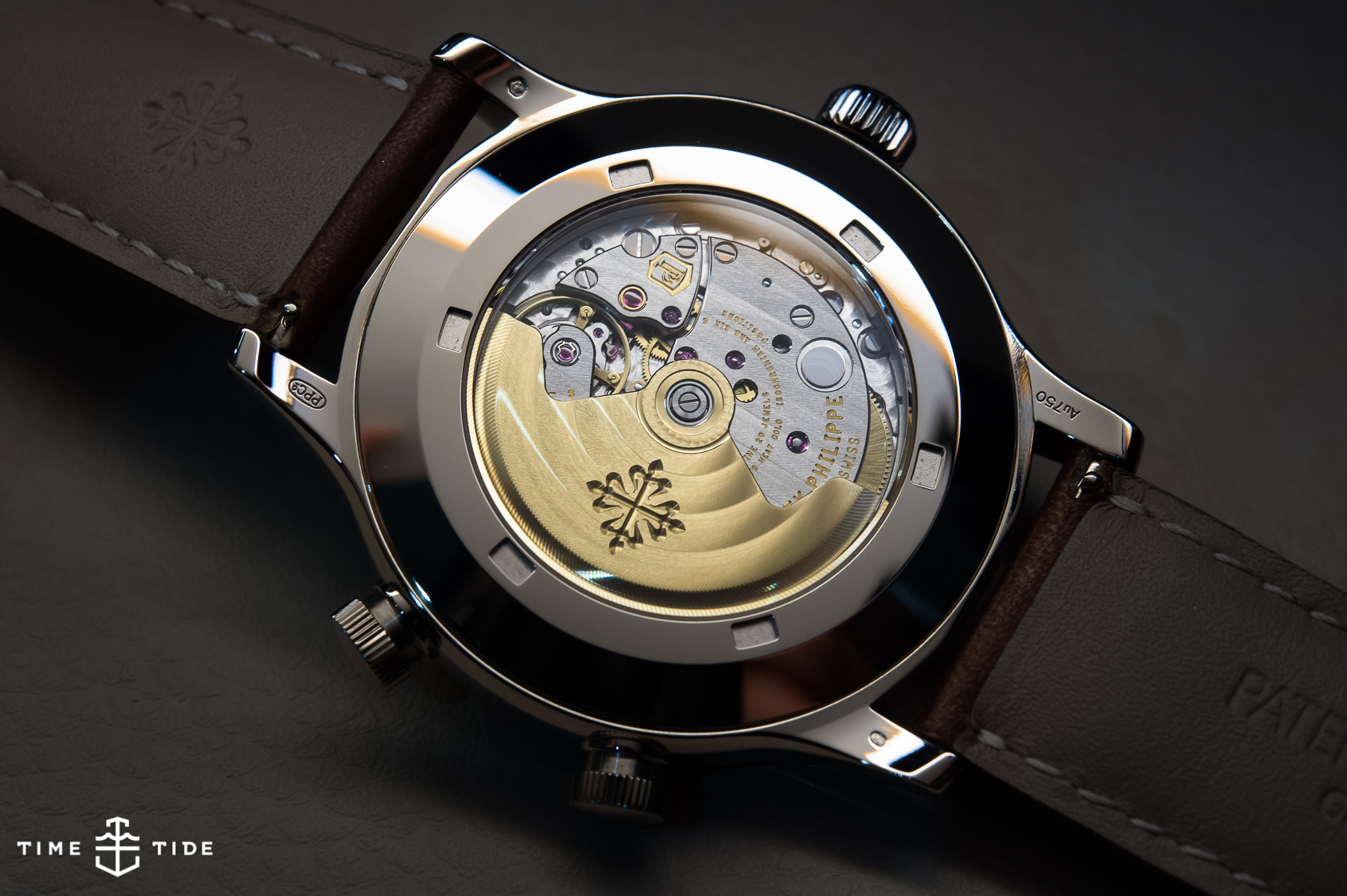Here’s why a Patek Philippe can take six (or more) years to make – a timeline
Zach BlassWhen a watch enthusiast approaches a timepiece, they usually ask about specifications like case diameter or movement caliber first. Most people, however, will first want to know the price. It can prove a bit of a shock that such a small object can have such a high price tag. It is no secret that luxury branding is one element of increased prices and margins. But another more genuine factor of the cost of a watch is the actual time it takes to develop, decorate and assemble. Back in 2014, Patek Philippe president and CEO Theirry Stern explained in an interview that some of their creations can take six years to make – possibly even more for their most complicated references. Last month, Matthew Catellier explored this aspect of production in an article for Forbes. It’s a reminder of the extensive research and development, assembly time and quality control that each watch undergoes and that also might ease the minds of those who feel they’ve spent too much money on a watch.
According to Thierry Stern, “A simple movement is minimum four years of work before you can present it. A complicated one, we’re talking about six years approximately. And a very complicated one, like a minute repeater or a tourbillon, this is about eight years.” Let’s be clear here, this is strictly to develop a new caliber for a watch. This means there is up to eight years of material expenses in terms of the metals and equipment allotted to R&D. And don’t forget, much of the watchmaker’s time is dedicated to perfecting these mechanisms. The more experience a watchmaker has had to hone his skills, the more they are paid each year with only the very best involved in designing new and highly complicated movements.
Once a caliber finishes development, it signifies the movement performs consistently at the very high Patek Philippe standard. Since the design and architecture no longer need to be tweaked, the only tests these new calibers must then undergo are the stringent quality controls the Patek Philippe production line are held to before they reach the end consumer.
But R&D is only one facet of the creation, we also have to take into account the time it takes for the actual production, assembly, and finishing of the timepieces. Catellier explains, “Haute horology movements need to be hand finished and assembled, a process that can take weeks for even a simple movement. A tourbillon or another complex movement can take months. This leads to an average production time of around nine months, with the most complicated Patek watches taking about two years to complete.” This means that the most complicated creations from the brand can take almost 10 years to fabricate when you include the time it takes to develop these intricate mechanisms. Even the less complex watches in the catalogue have at least five years of work before you can inquire for its purchase.
I would be remiss if I didn’t make a few concessions here, as some would argue that once a design is perfected the time of production should be the only consideration – especially as once you can make one you can make thousands. There is also the concern that the end-consumer is not necessarily seeing the results of such timely development. (Cue joke about a Patek Philippe taking six years to develop a movement, but not being able to include hacking seconds.) That being said, it is undeniable that the pinnacle of the holy trinity of watchmaking truly values an extraordinary quality of performance and finishing in a way that is rarely matched.







